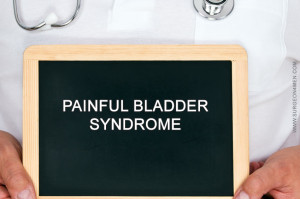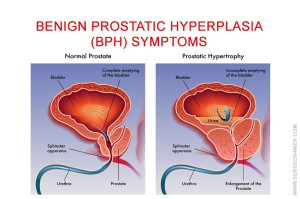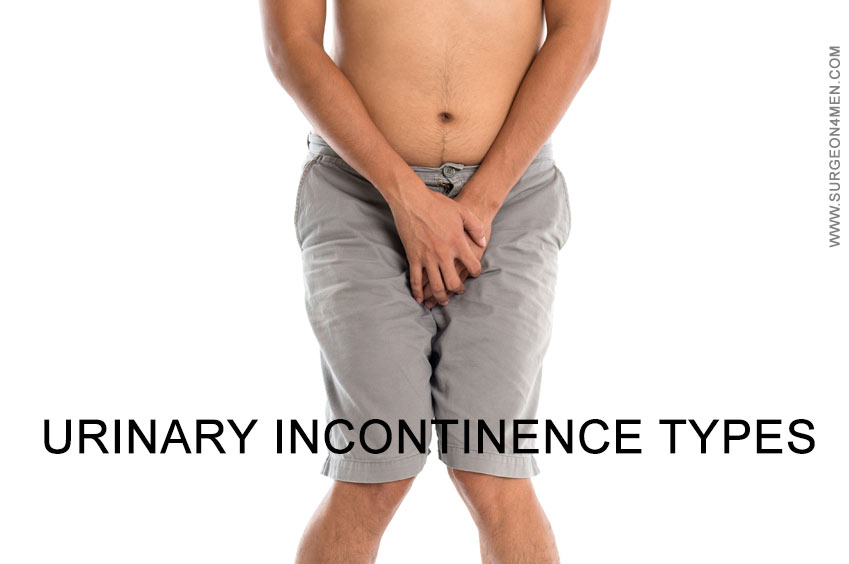Urinary Incontinence Types
Urinary incontinence is the unintentional voiding of urine. It is a problem that affects millions of people worldwide. According to statistics, in United Kingdom alone, around 3 to 6 million people are believed to be suffering from some degree of urinary incontinence. It is a health issue that is often under-reported and under-diagnosed.
Urinary incontinence is a condition that affects both men and women. However, at any given age, women are twice more likely to be affected compared to men.
Types of Urinary Incontinence
There are five major kinds of urinary incontinence. They are:
- Stress incontinence
- Urge incontinence
- Overflow incontinence
- Total incontinence
- Functional incontinence
Let us discuss these different types of incontinence one by one.
Stress Urinary Incontinence
 Stress incontinence is caused because of damage or spontaneous weakening of the muscles of the pelvic floor. These muscles control the urinary sphincter and prevent urination. When the pressure inside the urinary bladder becomes more than the strength of the urinary sphincter to stay closed, urine passes out of the body. Urine can leak by sudden acts of laughing or even sneezing. The muscles of the pelvic floor and the urinary sphincter get damaged because of several reasons. They are:
Stress incontinence is caused because of damage or spontaneous weakening of the muscles of the pelvic floor. These muscles control the urinary sphincter and prevent urination. When the pressure inside the urinary bladder becomes more than the strength of the urinary sphincter to stay closed, urine passes out of the body. Urine can leak by sudden acts of laughing or even sneezing. The muscles of the pelvic floor and the urinary sphincter get damaged because of several reasons. They are:
- Damage during the delivery of the baby, especially if the baby is delivered vaginally.
- Increased intra-abdominal pressure because of pregnancy or excessive obesity.
- Damage incurred during surgeries like hysterectomy in women and prostatectomy in men.
- Neurological disorders like Parkinson’s disease and multiple sclerosis
- Disorders of connective tissue like Ehlers-Danlos syndrome
Treatment of stress incontinence include exercises of the pelvic floor muscles in order to strengthen them, use of pessary by women to reposition the urethra and surgeries to pull back the urinary bladder.
Urge Incontinence
This type of urinary incontinence is observed because of over activity of detrusor muscles which control the functioning of the urinary bladder. The condition is also called as overactive bladder. The detrusor muscles begin to contract too early, even before the bladder is full, leading to incontinence. This may be caused because of:
- Drinking too many cups of coffee or alcohol
- Poor intake of fluids- the urine becomes too concentrated and this may irritate the bladder muscles to contract.
- Urinary tract infections and tumors pressing against the bladder wall
- Constipation
Treatment of urge urinary incontinence includes bladder training, Kegel exercises, medications to prevent contractions of the detrusor muscles, and surgery to improve the capacity of the bladder.
Overflow Urinary Incontinence
 This type of urinary incontinence is seen in case of chronic urinary retention because of some blockage in the urethra. The bladder fills up normally but the urine is not voided completely because of the obstruction. The pressure exerted by the urine that is still present in the bladder causes frequent leaks. Common causes of overflow incontinence include:
This type of urinary incontinence is seen in case of chronic urinary retention because of some blockage in the urethra. The bladder fills up normally but the urine is not voided completely because of the obstruction. The pressure exerted by the urine that is still present in the bladder causes frequent leaks. Common causes of overflow incontinence include:
- Stones in the urinary bladder
- Constipation
- Prostate hypertrophy
- Damage to nerves supplying the detrusor muscles
Treatment of overflow incontinence includes removal of the obstruction in the way of normal passage of urine.
Total Urinary Incontinence
This type of urinary incontinence is seen when the bladder cannot hold the urine at all. This results in constant passage of urine or frequent leaks. This is caused when:
- There is a genetic problem with the bladder
- There is a bladder fistula
- There is injury to the spinal cord
Functional Urinary Incontinence
This type of urinary incontinence is seen when the patient is unable to reach the bathroom in time. This may be because of conditions like:
- Delirium
- Reduced mobility as in arthritis
- Infection of the urinary tract
- Psychiatric disorders
Treatment of functional incontinence is directed towards treating the underlying cause.
Reference:
http://www.webmd.com/urinary-incontinence-oab/types-of-urinary-incontinence

